What does dynamic range really mean in a laser beam profiler? I don’t mean the technical definition. What are its implications? How will having a specific dynamic range help you understand what the camera or scanning slit profiler can do?
Well, I’m glad you asked.
I can’t guarantee that you’ll immediately know what a company meant by their dynamic range spec. If you’ve read my last two posts on the subject, you’ll know that this issue is far from clear. (And if you haven’t – go read them now! We’ll be here when you get back.)
What I can help you with is understanding the possibilities. It’s up to you to track down what the manufacturer meant when he said 500dB.
So, you know that sometimes beam profiler dynamic range can be measured in dBvolt, sometimes in dBpower and more often then not it’s just written as dB.
You also know that sometimes beam profiler manufacturers will state the full digitizer dynamic range (e.g., 12bits = about 72dB), but hopefully most will correctly give the real signal dynamic range.
Now I’d like to throw in one last monkey wrench:
Gain
Most beam profilers can be set to various gain levels, which will affect the minimum and maximum measureable power of your laser. Generally speaking, the dynamic range should remain the same regardless of gain, or it might even get worse with higher gain. (Keep in mind that although raising gain increases the maximum it also increases the noise.)
Let’s use an example. Let’s say my camera can measure from 1mW to 10mW. But I can also increase the gain so it measures either 10mW-100mW, or 100mW-1W. So the question is: Do I have a camera with a dynamic range of 10:1 (20dBvolt) or 1000:1 (60dBvolt)?
Here, unlike with the signal versus digitizer issue, there’s no clear right or wrong answer. It really depends on what information you are looking for. If you’d like to know what the complete theoretical range of the camera is, you could say 60dB. If, however, you know that one specific laser might vary more than 20dB, it won’t be sufficient, assuming the gain doesn’t change automatically. In other words, in our example, 60dB represents the range of signals that can be measured, while 20dB more accurately represents the range of a specific signal that can be measured – without making any changes to the camera parameters.
Usually, the stricter “single measurement” dynamic range (i.e., without gain) is the more helpful specification. The main exception to this rule is when the device you are using has an automatic gain, which changes as needed based on the signal. If this is the case, you can really use the beam profiler to measure a highly variant (in power) laser without changing any parameters.
A perfect example of this exception is the automatic gain feature of NanoScan, which boasts dynamic range specs for its various detectors in the range of 70dBpower and upwards. That’s over 7 orders of magnitude! (Or 10,000,000:1 if that makes it easier to visualize.) This auto-gain ability makes it easy to measure a laser beam that has varying power density, such as when trying to locate and/or measure the beam’s focus point.
Harnessing the Power of DynamicRange
What’s so great about single measurement dynamic range?
It means that we can measure both the peak and the wings of a laser beam at the same time. This is crucial to accurate beam width or spot size measurements. If your laser beam profiler isn’t sensitive enough, it will essentially chop off part of the wings when calculating the beam width. If the profiler can’t handle high powers, you’ll have issues with the central peak of the laser beam. You can, of course, use attenuation, but then you’re ruining the sensitivity that you need to catch the wings – and you’re back to square one.
Clearly, there’s no shortcut around a quality laser beam profiler with a high single measurement dynamic range.
Bottom Line
If you determine whether it’s dBvolt or dBpower you’ll know if the dynamic range is in units of volts or power.
If you can figure out whether it’s signal or digitizer dynamic range you’ll know whether to trust the spec at all (or whether it’s just an approximation of the actual dynamic range).
Finally, if you know whether gain is included you’ll understand exactly what the dynamic range means – the “total achievable” from the lowest to the highest in different circumstances – or the “single measurement” range possible in one go.
Did you find this tutorial helpful? Why not share it with a friend?
You might also like to read: How to analyze high power laser beams
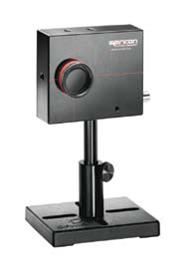
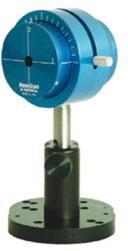
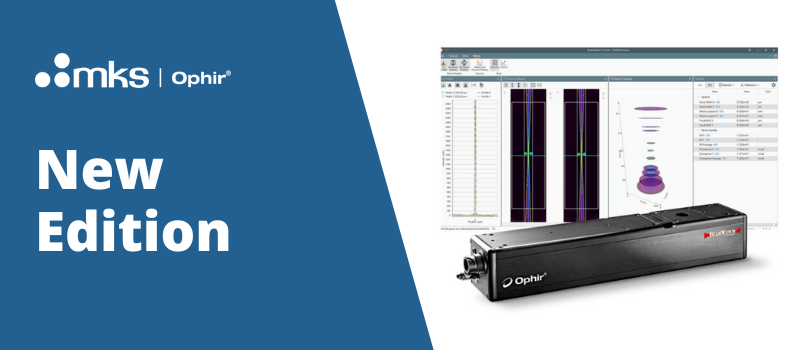
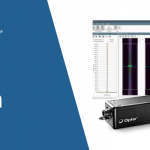




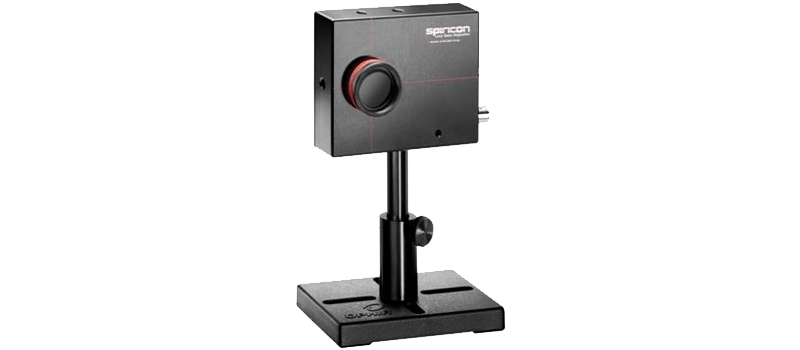
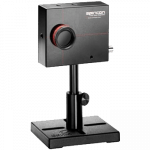


Leave a Reply
Your email address will not be published. Required fields are marked *